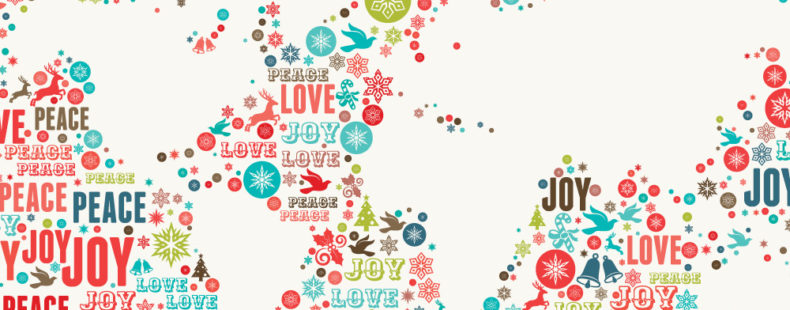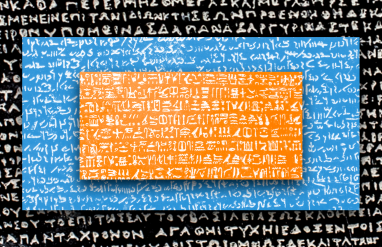Diwali
Diwali, or Deepavali, is the Hindu festival of lights, celebrated by Hindus, Newar Buddhists, Jains, and Sikhs every autumn by countries like Sri Lanka, Myanmar, Nepal, Malaysia, and India.
Many decorate with diyas (lamps) and wear new clothing. Fireworks are often set off, as well. While the details of the five-day celebration vary by country and religion, a single concept threads them together: the prevalence of good over evil, hope over despair, light over darkness.





























